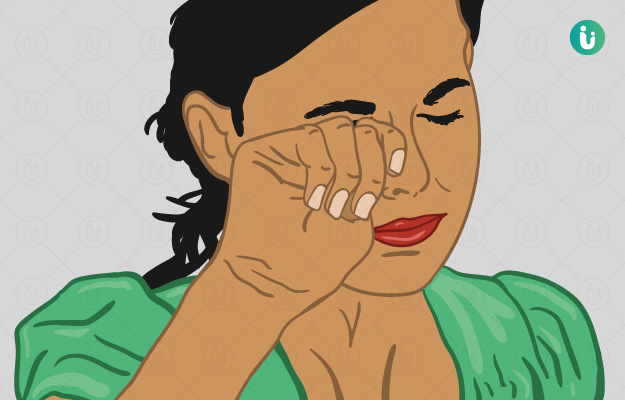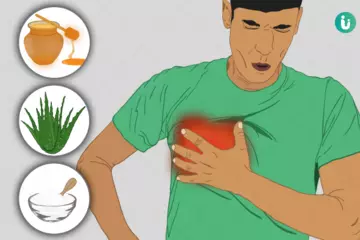What is Reye Syndrome?
Reye's syndrome (RS) is a condition which is mainly seen in children and is characterised by damage to the liver and swelling of the brain although other organs may also be affected. It is rarely seen in adults.
What are its main signs and symptoms?
The signs and symptoms of RS develop within a few days of a viral infection (cold, flu or chickenpox), which begins with initial symptoms such as:
- Tiredness.
- Recurrent vomiting.
- Reduced enthusiasm or lack of interest.
- Rapid breathing.
- Seizures or fits.
With worsening of the disease the symptoms become more severe and include :
- Aggressive behaviour.
- Increased irritability.
- Severe anxiety.
- Confusion along with hallucinations.
- Loss of consciousness and sometimes coma.
What are the main causes?
Damage to the tiny structures within the mitochondria (energy producing units present in every cell of the body) is seen in RS, which affects the liver causing a reduction in its energy supply and building of toxic substances in the body. This causes damage to the entire body resulting in the swelling in the brain. Though the main cause of RS is unknown some associated conditions include:
- Viral infection (common cold, flu or chickenpox).
- Trigger from drugs like aspirin.
How is it diagnosed and treated?
The physician takes a complete history of the symptoms and conducts a thorough physical examination. Further tests advised include:
- Certain blood tests, such as :
- Aspartate aminotransferase (AST) and alanine aminotransferase (ALT) tests.
- Serum electrolytes.
- Blood sugar level.
- Cerebrospinal fluid (CSF) evaluation.
- Computed tomography(CT) scan of the brain and liver.
- Ultrasonography of the liver.
- Biopsy of the liver.
- Lumbar puncture.
Management of Reye’s Syndrome:
When a child is diagnosed with RS, immediate hospitalisation and admission to an intensive care unit are required. Monitoring of vital functions, such as blood pressure, pulse, respiratory rate, and body temperature is important. The main aim of the treatment is to reduce symptoms along with maintaining the vital functions of the body, which include breathing and blood circulation, and protect brain damage due to swelling. Sometimes, a ventilator may also be required. The medications required for treatment include:
- Electrolytes and fluids – For the correction of the level of salts, minerals and nutrients.
- Diuretics- which help to reduce excess water from the body, thereby reducing swelling in the brain.
- Ammonia detoxifiers- to help reduce the level of ammonia in the body.
- Anticonvulsants for controlling seizures.
















